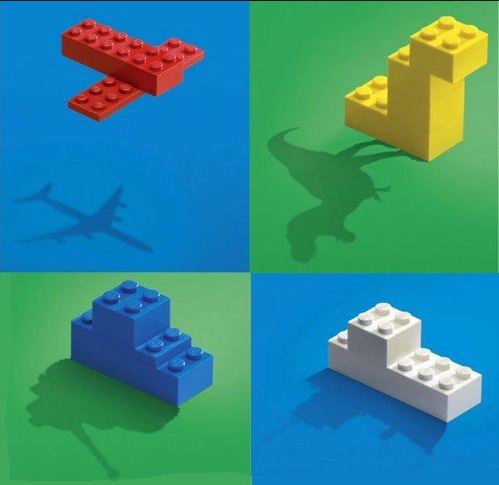Mapping the imaginary workspace
 Many people may feel that their imagination has diminished since they left the schoolyard and entered the workplace, but new research has found the imagination is still there – manipulating thoughts and memories within its own ‘mental workspace’.
Many people may feel that their imagination has diminished since they left the schoolyard and entered the workplace, but new research has found the imagination is still there – manipulating thoughts and memories within its own ‘mental workspace’.
Plenty remember how easy it used to be for a stick to become a sword, a tree to turn into a tower, or the entire living room to grow into an ocean to be conquered. As adults these kinds of adventures within the mind are still perfectly possible, according to new research.
In a study published this week by the Dartmouth College, researchers have identified the specific system the brain uses for imagination. Scientists had long believed that humans must have a separate facility or part of the brain just for generating imaginary images, but it had been seemingly impossible to track down. Finding this ‘mental workspace’ has now become possible through some tricky questioning and an MRI machine.
The new study asked participants to imagine a stick to be a sword, a honeybee with butterfly wings and other specific abstract visual shapes. Participants were placed in an MRI machine and asked to conjure such mental pictures, combine them together and break them into pieces within their minds.
Measurements of brain activity through the magnetic resonator showed that when we use our imaginations; large parts of the cortical and subcortical networks get involved to create and manipulate fantasy images. The complex neural network that comes together in the act of imagining appears to be the ‘mental workspace’ researcher had theorised.
“Our findings move us closer to understanding how the organization of our brains sets us apart from other species and provides such a rich internal playground for us to think freely and creatively,” said Alex Schlegel, lead author of the study published in the Proceedings of the National Academy of Sciences.
“Understanding these differences will give us insight into where human creativity comes from and possibly allow us to recreate those same creative processes in machines,” Schlegel explained.
The findings are published in the latest Proceedings of the National Academy of Sciences.








 Print
Print